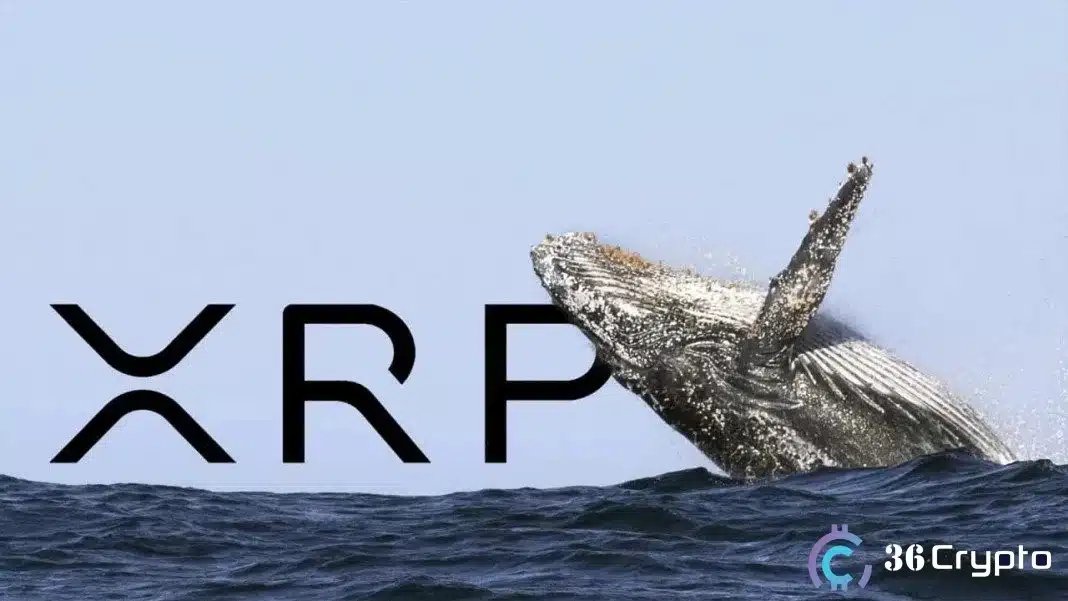Investors increase VIX holdings while costs mount
Wall Street traders have driven funds tied to the VIX beyond $1 billion this year, with money rushing into exchange-traded products that track Cboe Volatility Index futures as investors brace for turbulence in stocks after a record rally.
The Barclays iPath S&P 500 VIX Short-Term Futures ETN, the biggest of these vehicles, has grown by more than 300% in 2025. The appeal is straightforward. If the stock rally breaks, volatility will soar and these products will pay out.
But while they wait for that moment, investors face steep costs that eat away at returns. These costs are built into how the funds work. Bloomberg Intelligence senior ETF analyst Eric Balchunas called them “a chainsaw — very effective at certain jobs, but it can cut your arm off.”
He was referring to the way the funds lose money when market swings expected in the future exceed those happening now. Timing is everything. Anyone who bought the Volatility Shares 2x Long VIX Futures ETF on April 1 before sweeping US tariffs hit would have tripled their money by selling on April 8.
But holding that same fund for a year would have produced a 78% loss. This risk hasn’t stopped inflows. VXX is down 32% with $1 billion in assets and 312% net inflows. UVIX is down 78% with $510 million and 215% inflows.
UVXY is down 57% with $690 million and 150% inflows. VIXY is down 33% with $343 million and 115% inflows. All four funds show how money keeps flowing into VIX products even as their performance bleeds.
Investors increase VIX holdings while costs mount
Michael Thompson, co-portfolio manager at Little Harbor Advisors, said “these can increase in price pretty dramatically, almost like an option but without an expiration date.” He added that if a correction doesn’t happen on schedule, “you can still hold on to your long vol ETP shares.”
These vehicles offer a basic hedge for investors who own stocks because the VIX tends to rise when the S&P 500 falls. Unlike the 2018 rush into short-volatility trades that led to “Volmageddon,” the current surge in hedging isn’t expected to set off a market shock.
Retail traders are “looking to do something cautious, something protective,” said Rocky Fishman, founder of the research firm Asym 500. He estimated that 40% of open interest in VIX futures is now held by exchange-traded products.
But carrying these bets costs real money. UVIX charges an expense ratio of 2.8% and now holds two VIX futures expiring in October and November. Each day it sells part of October and buys November until October expires, then shifts November into December.
Because October trades below November, the fund sells low and buys high, draining cash. Rolling contracts also pushes down the front-month future and lifts the next-month bet.
“They have to sell the front one and buy the second one on a daily basis to keep their expiration at a weighted 30 days,” said Matthew Thompson, Michael’s brother and co-portfolio manager. “It stands to reason that the front two months should steepen, which, ironically, increases the carrying cost of those instruments.”
Strategists outline VIX curve trades as hedge funds join rush
This rolling problem has happened before. More than a decade ago, retail investors piled into the United States Oil Fund ETF to mimic crude gains but saw returns trail spot prices. Today, implied volatility (the market’s view of future price swings) stays muted as stocks grind higher.
Small realized moves make options cheaper and hold down the spot VIX index and front-month futures. That has left the VIX futures curve steep, with both opportunities and risks.
Strategists at Societe Generale SA have suggested trades to exploit the discount known as contango, noting that the curve is also concave — it steepens near expiration. One idea is selling the near-term VIX future and buying the next month because the front contract tends to sink faster.
But there’s a clear hazard. Brian Fleming and Kunal Thakkar said “the main risk is a sharp and volatile equity selloff, which manifests itself through the VIX curve moving upwards and inverting significantly.”
Some investors see the losses as the cost of protection against a market drop. Hedge funds also use these products for quick trades.
The smartest crypto minds already read our newsletter. Want in? Join them.
You May Also Like

Nasdaq-listed crypto treasury GD Culture to add 7,500 BTC after Pallas Capital acquisition closes

Whales Dump 200 Million XRP in Just 2 Weeks – Is XRP’s Price on the Verge of Collapse?
